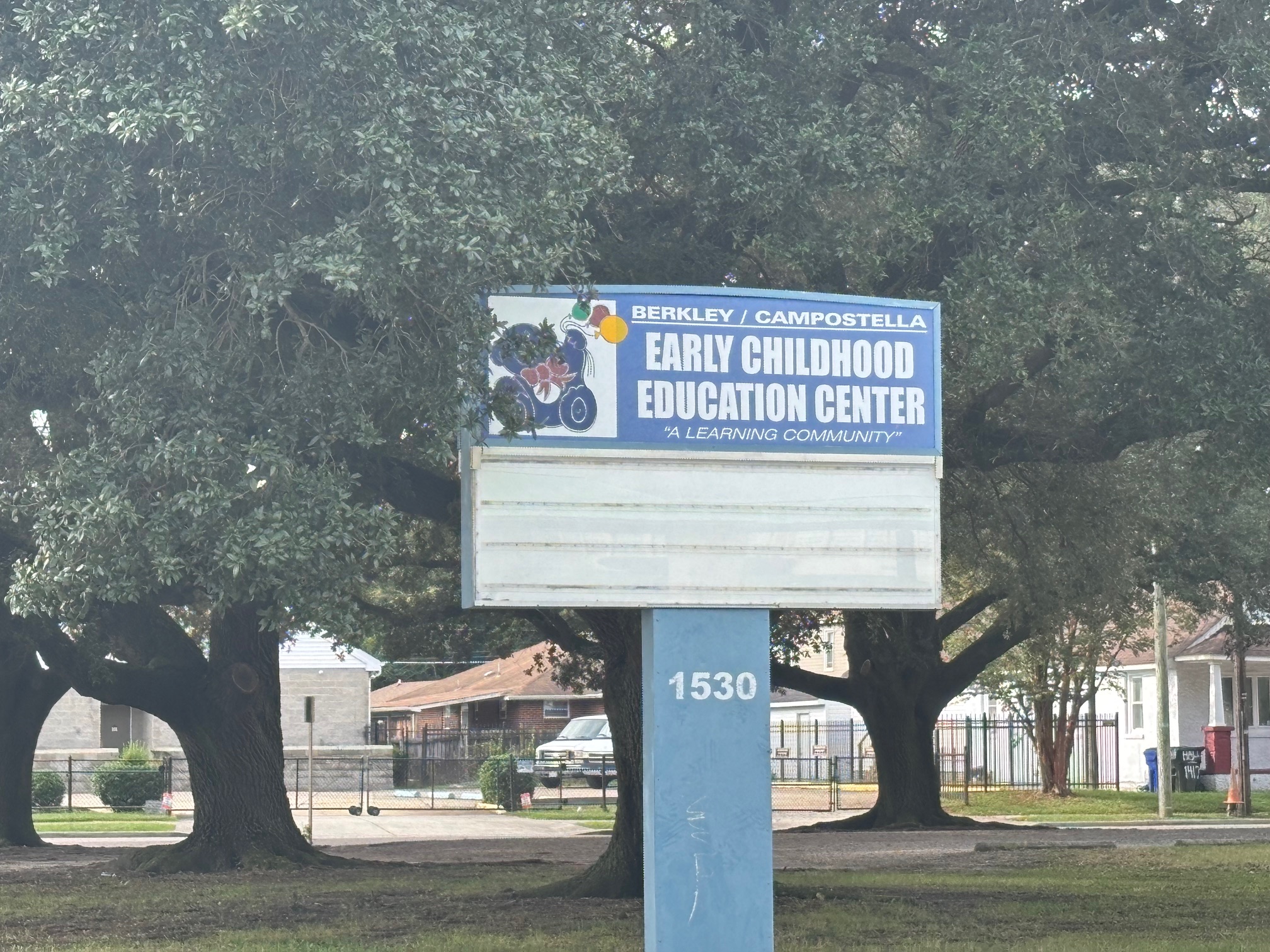(WASHINGTON) — On Sept. 25, more than 1,000 participants arrived from across continents — journalists, researchers, investigators, and academics — and filtered into a warehouse tucked within an unassuming industrial district of Athens, Greece. The sunlit atelier buzzed with the sound of multimedia creatives in conversation. International attendees drifted through the space, carrying matching canvas totes and lanyards.
At the 7th annual Incubator for Media Education and Development Forum, looping digital projections washed the walls, and participants queued to test VR headsets, transforming the conference space into a contemporary art installation. Workshops ranged from investigative master classes, and tools for reporting humanitarian crises, to documenting war crimes and discussions of AI in newsrooms. While panels included press freedom in the Global South, and protections for women journalists facing harassment online, and in the field.
Black-clad ushers handed out newspapers bearing the headline “What Have We Done? Unpacking Seven Decades of World Press Photos,” inviting attendees to wander down a narrow corridor lined with haunting and familiar images from conflicts and humanitarian disasters. Across the way, the Media Village hosted booths from organizations such as World Press Photo and the Pulitzer Center.
A curated palette of bright yellows against dark industrial walls evoked light cutting through shadow, a fitting metaphor for this year’s theme: Navigating the Age of Doubt.
“In a world where rising authoritarian regimes are silencing journalists, where powerful economic powers and billionaires are at best considering us a nuisance, where we are losing the trust of the audience, and the internet has crushed our business models, we are not the only channel people have to go through to reach public opinion, and this makes us more vulnerable,” said Sandrine Rigaud, program director for the Global Investigative Journalism Network, during the forum’s opening panel.
The conversations throughout the conference reflected a profession under siege. In countries like the United States, where press freedom is increasingly tested, the Trump administration’s repeated labeling of the media as “the enemy of the people” and calling for the jailing of reporters have only intensified those threats — turning what once felt distant into an omnipresent reality. According to the Reporters Without Borders World Press Freedom Index, the US dropped two places in the global ranking this year from 55th to 57th — a historic low for the country. A wave of defamation suits and Republican political pressure has forced major outlets into retreat and driven smaller newsrooms to shutter their doors. On Oct. 15, in an act of protest of newly imposed restrictions by the Pentagon, dozens of reporters gave up their press credentials.
Conference speakers addressed growing impunity surrounding the killing of journalists around the world, as reporters are increasingly targeted in conflict zones. The year 2024 marked the deadliest year for journalists since the Committee to Protect Journalists began keeping records in 1992, with at least 124 journalists and media workers killed worldwide — nearly 70% of them Palestinians killed by Israeli forces in the Israel-Gaza war.
According to a recent report by the Stockholm-based International Institute for Democracy and Electoral Assistance, democracy has weakened in 94 countries over the past five years, marking the steepest decline in global press freedom in 50 years.
“We are more necessary than we have ever been before. The work we do is more vital, more essential. Yes, we are embattled — even besieged — but there’s no question that journalism has been foundational to democracy. And if there is any doubt about that, we need only look at how our democracy is faring,” said Columbia Journalism School Dean Jelani Cobb during a panel discussion.
But it wasn’t all doom and self-reproach. Panel discussions also explored journalism in the age of artificial intelligence — how newsrooms can harness new technologies to make reporting more accessible and far-reaching, protect journalists whose lives are at risk for their work, and combat the growing tide of misinformation.
“Meet people where they are. Get excited about the possibilities of new platforms and new audiences,” implored Charlie Beckett, a professor at the London School of Economics, during a series on the most significant changes AI has brought to the newsroom.
The forum’s closing session gave way to a rooftop debrief: plastic cups, a haze of tobacco smoke, the low hum of haggling over story angles, and trading contacts, the Acropolis lit up in the distance. For a solitary profession, there was a palpable revelry in the air. When the waiters signaled last call, the press corps peeled off in twos and threes toward taxis and early flights.


